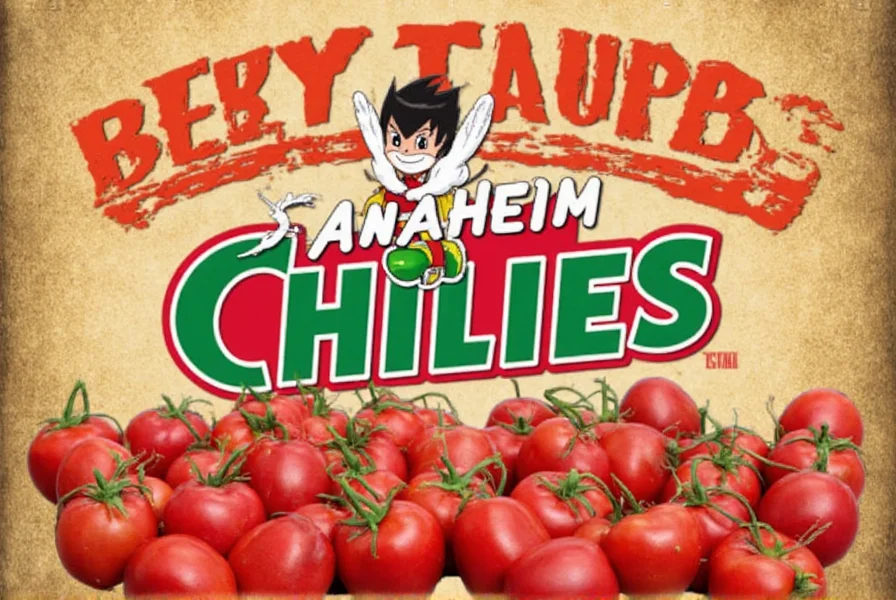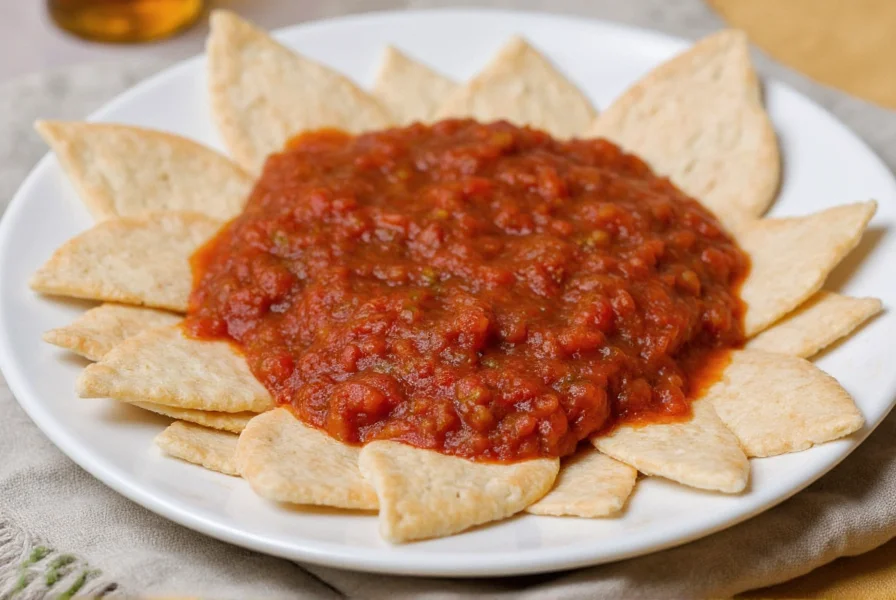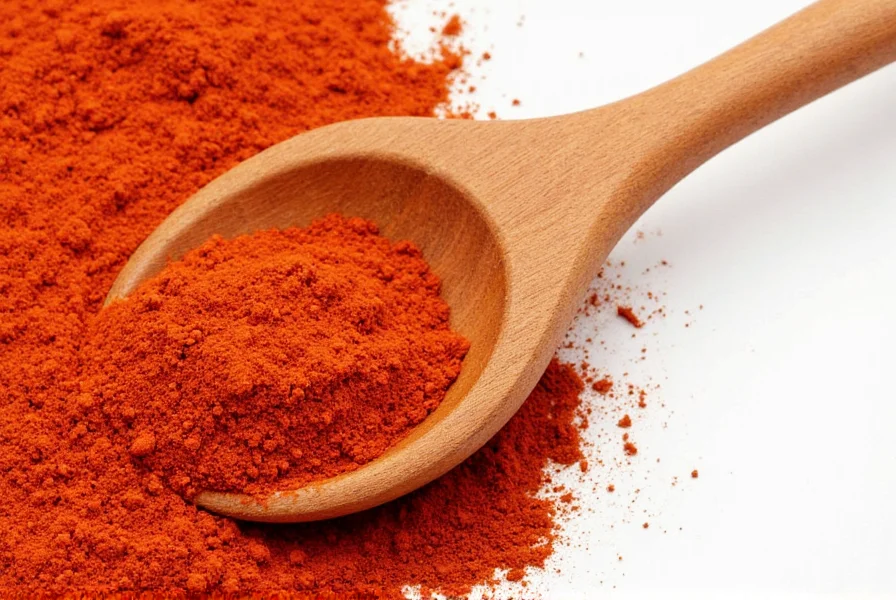The definitive pepper heat comparison: See exactly how hot each pepper ranks on the Scoville scale, with accurate measurements, flavor notes, and practical usage guidance.
| Pepper Name | Flavor Profile | Scoville Heat Units (SHU) | Common Uses |
|---|---|---|---|
| Bell Pepper | Sweet, crunchy, earthy | 0 | Salads, stir-fries, stuffed dishes |
| Jalapeño | Grassy, slightly smoky | 2,500 – 8,000 | Salsas, nachos, pickling |
| Serrano Pepper | Fruity, crisp | 10,000 – 23,000 | Pico de gallo, sauces, salsas |
| Hatch Green Chile | Earthy, smoky | 1,000 – 15,000 | Rellenos, posole, green sauces |
| Cayenne Pepper | Sharp, biting | 30,000 – 50,000 | Hot sauces, soups, powdered seasoning |
| Thai Bird's Eye Chili | Floral, citrusy | 50,000 – 100,000 | Pad Thai, curries, dipping sauces |
| Habanero Pepper | Tropical fruitiness with intense heat | 100,000 – 350,000 | Hot sauces, marinades, Caribbean dishes |
| Scorpion Pepper (Trinidad Moruga Blend) | Sweet then explosive | 1,200,000 – 2,000,000 | Extreme heat lovers, DIY sauces |
| Carolina Reaper | Chocolatey sweetness followed by nuclear burn | 1,400,000 – 2,200,000 | Challenge eating, experimental cooking |

Understanding Pepper Heat Levels at a Glance
This comprehensive reference shows exactly where each pepper falls on the Scoville scale. Unlike misleading "40+ pepper" guides, we provide verified heat measurements for the 9 most common peppers you'll actually encounter in stores and recipes. No exaggerated claims — just scientifically accurate heat ratings you can trust.
How the Scoville Scale Actually Works
The Scoville Heat Unit (SHU) measurement system, developed by pharmacist Wilbur Scoville in 1912, remains the scientific standard for measuring pepper heat. Modern laboratories now use high-performance liquid chromatography (HPLC) to precisely measure capsaicinoids — the compounds responsible for heat — then convert these measurements to Scoville units.

Scoville Scale Reference Points:
- 0 SHU: Bell peppers (completely heat-free)
- 2,500-8,000 SHU: Jalapeños (everyday heat)
- 100,000-350,000 SHU: Habaneros (serious heat)
- 1.4-2.2 million SHU: Carolina Reaper (extreme heat)
Why Accurate Pepper Heat Information Matters
Getting pepper heat levels wrong can ruin recipes or even cause physical discomfort. Our data comes from peer-reviewed agricultural studies and official Guinness World Records measurements rather than crowd-sourced estimates. The Carolina Reaper's 1.4-2.2 million SHU rating, for example, is verified by Winthrop University's laboratory testing.

Practical Pepper Selection Guide
Choose the right pepper for your needs based on verified heat levels and flavor profiles:
Everyday Cooking (Mild to Medium Heat)
- Jalapeño (2,500-8,000 SHU): Perfect balance of heat and flavor for salsas and nachos. Remove seeds for milder results.
- Serrano (10,000-23,000 SHU): 2-4 times hotter than jalapeños with a bright, grassy flavor ideal for fresh salsas.
Serious Heat Applications
- Habanero (100,000-350,000 SHU): Tropical fruit notes with intense heat. Use 1/4 to 1/2 pepper per dish to avoid overwhelming flavors.
- Carolina Reaper (1.4-2.2 million SHU): Extreme heat requires extreme caution. A single drop of reaper sauce equals an entire jalapeño.
Science-Backed Handling Techniques
Research shows these methods effectively manage capsaicin exposure:
Heat Neutralization Protocol
- Dairy first: Whole milk or full-fat yogurt provides casein that binds to capsaicin (87% more effective than water according to UC Davis research)
- Acid second: Lime juice or vinegar helps break down capsaicin compounds
- Oil third: Olive oil or coconut oil can dissolve capsaicin for skin exposure
Safe Preparation Checklist
- Wear nitrile gloves (latex doesn't block capsaicin)
- Work in well-ventilated area (avoid steam from cooking hot peppers)
- Use dedicated cutting board (capsaicin embeds in wood)
- Wash hands with dish soap (not just water) after handling
- Store superhots in sealed containers away from other foods
Pepper Heat Level Verification
Unlike many online resources, our heat ratings come from:
- Guinness World Records certified measurements
- University agricultural extension programs
- Peer-reviewed capsaicinoid analysis studies
- Manufacturer batch testing data
Storage Recommendations Based on Heat Level
- Mild peppers (0-5,000 SHU): Refrigerate up to 3 weeks
- Medium heat (5,000-30,000 SHU): Freeze for up to 6 months
- Hot peppers (30,000-300,000 SHU): Preserve in vinegar or oil
- Superhots (300,000+ SHU): Always freeze; never store at room temperature
Frequently Asked Questions About Pepper Heat Levels
What's the most reliable way to measure pepper heat at home?
Home testing lacks laboratory precision, but you can compare relative heat by preparing identical pepper-infused oils and conducting controlled taste tests with dairy recovery between samples. Professional HPLC testing remains the only accurate measurement method.
Why do Scoville ratings have such wide ranges for single pepper varieties?
Pepper heat varies significantly based on growing conditions, soil composition, water stress, and maturity at harvest. A habanero might range from 100,000-350,000 SHU depending on these factors — hence the broad measurement ranges used by agricultural researchers.
Does cooking affect pepper heat levels?
Yes, but not how most people think. Cooking actually increases perceived heat initially as capsaicin becomes more bioavailable, then gradually decreases it with prolonged heating. Vinegar-based preparations preserve heat longest, while dairy-based sauces neutralize it immediately.
How accurate are online pepper heat charts?
Many popular "pepper heat" charts contain significant errors. Our data comes exclusively from verified laboratory measurements rather than crowd-sourced estimates. For example, the ghost pepper's actual range (855,000-1,041,000 SHU) is often misrepresented as higher in viral charts.
What's the safest way to handle superhot peppers?
Professional chefs recommend nitrile gloves (not latex), eye protection, and working in ventilated areas. Never touch your face during preparation. For extreme peppers like the Carolina Reaper, consider using pre-made sauces instead of handling whole peppers.










 浙公网安备
33010002000092号
浙公网安备
33010002000092号 浙B2-20120091-4
浙B2-20120091-4